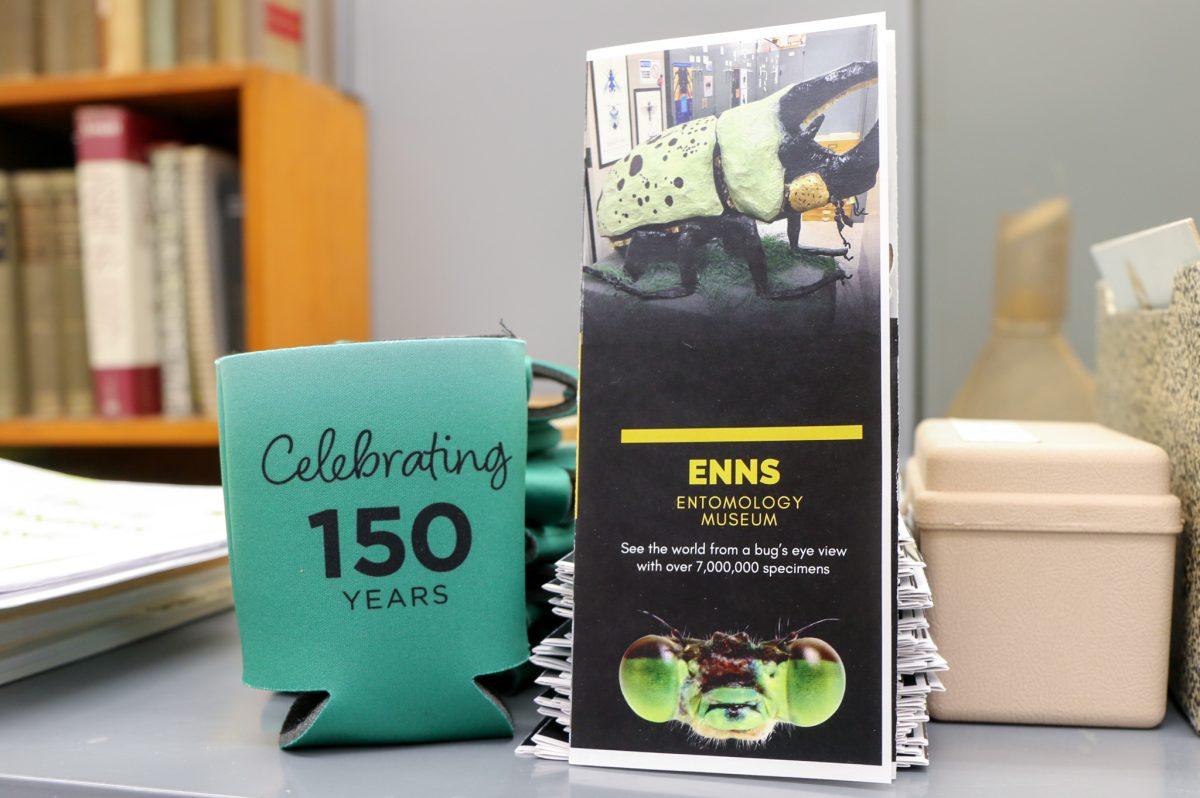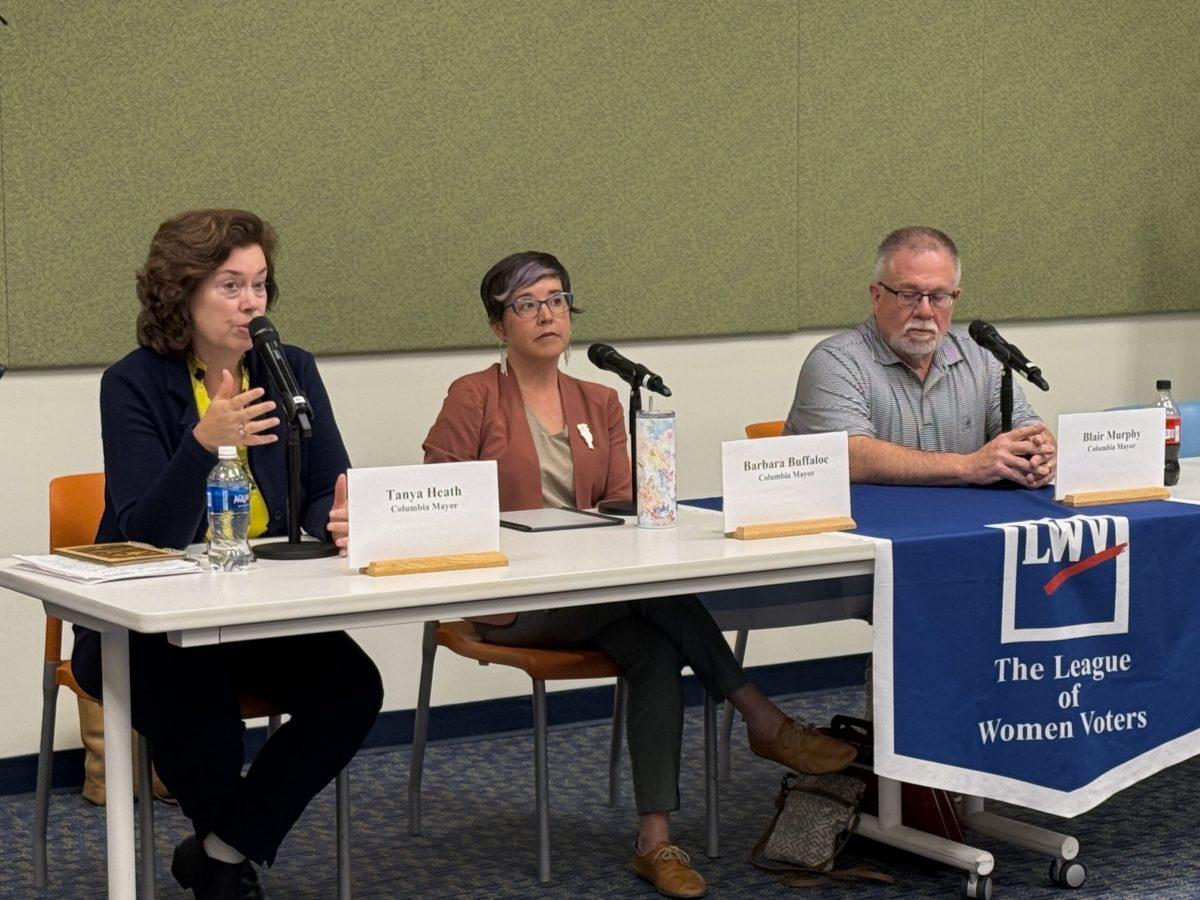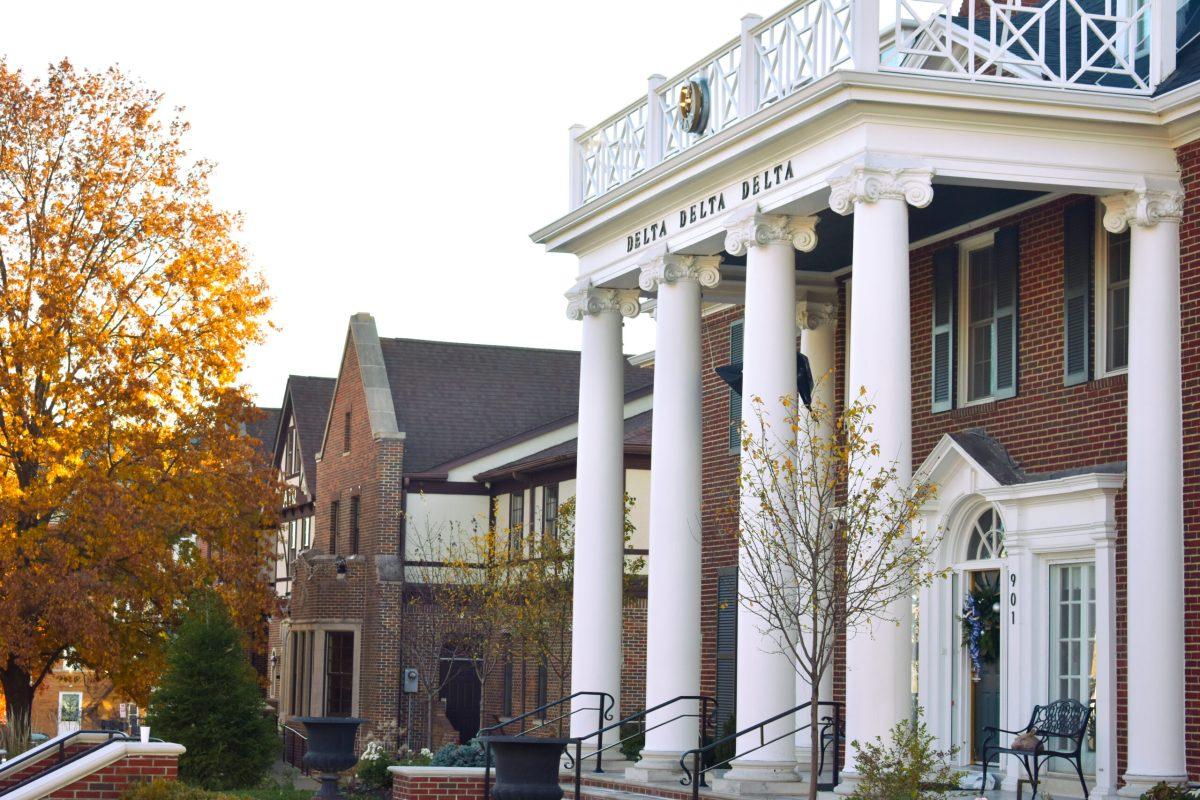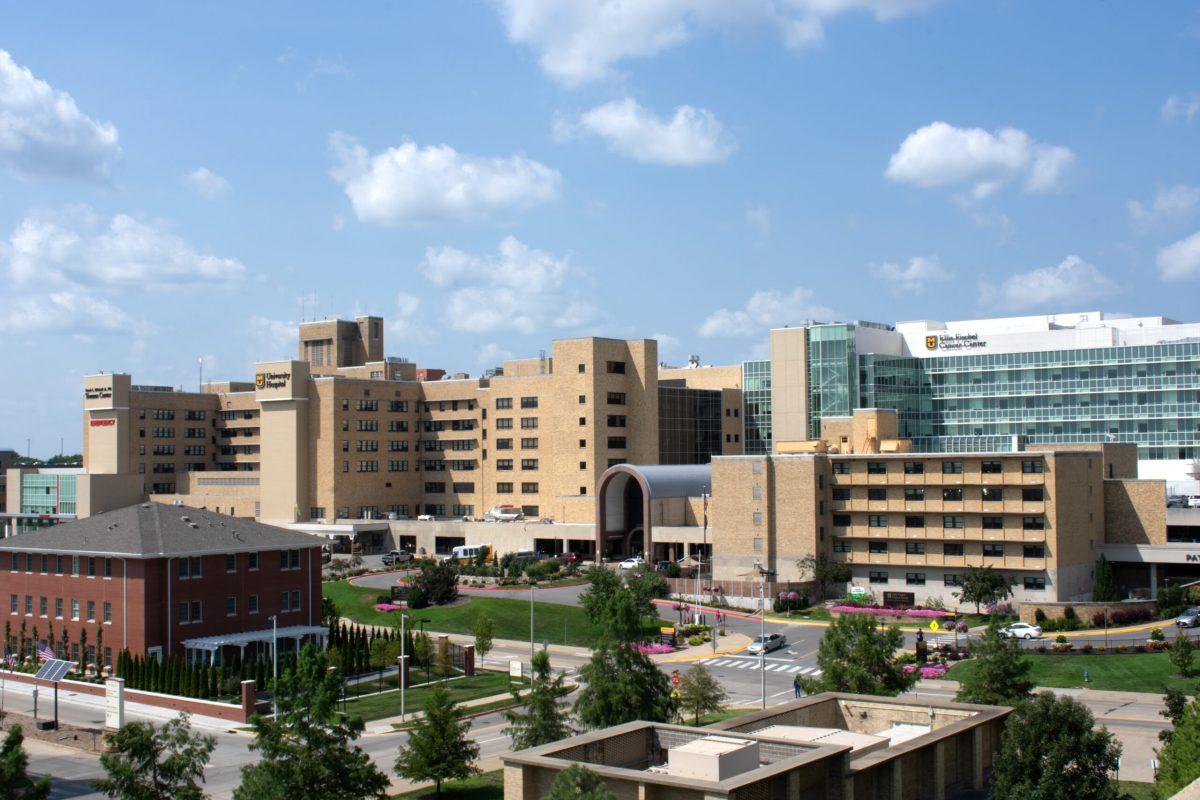The University of Missouri’s Enns Entomology Museum future remains uncertain amid staff changes and program cuts
At the University of Missouri’s Enns Entomology Museum, one of the largest collegiate bug collections in the country, visitors can see specimens of everything from butterflies to centipedes to rare beetles — but the collection’s future may be at risk.
Amid budget cuts, the museum has lost several full-time employees, including former collection manager Kristin Simpson. Following her retirement, programs with local elementary schools have been suspended and the museum is understaffed, Simpson explained on a museum tour.
The loss of Simpson’s position means that museum director Robert Sites is hesitant to retire until he can ensure his position will be filled.
“I believe there’s a crisis underway with collections like this,” said former research specialist Ed Riley. “It’s that they’re not being appreciated and understood enough by their institutions.”
In the 150 years since its founding, the museum has accumulated a collection of nearly 8 million specimens, including some from as early as the 1870s. Its rarest insect, the Xerces Blue butterfly, went extinct in the early 1940s.
“There’s no substitute for having specimens,” Riley said. “Collections like this all over the country and all over the world are really the foundation for what we know about the basic habitat and distributions and taxonomy of insects.”
Insect collections like the one at the Enns Museum are used for research in addition to display.
“If you want to do research on climate change or any kind of change over time, you can’t do it unless you have representation of what used to be here,” Sites said.
In an effort to engage the public with their collection, the Enns Museum hosted an open house on Nov. 2 to celebrate its 150 year anniversary. The event featured live insects, bug-themed crafts, face painting and museum tours for attendees of all ages.
Volunteer Heidi Neidermann helped guests touch and hold a Giant African Millipede at the event.
“Exposing kids to [bugs] younger… it can help them see that not all insects are bad,” Neiderman said. “They actually do a lot of good for the environment, and some of them can be quite cute.”
For the museum’s new visitors, the open house provided an opportunity to get a close-up glimpse of its broad spectrum of specimens.
“A museum like this is just an opportunity to grow an appreciation for this aspect of our amazing planet,” said Christopher Daubert, Vice Chancellor and Dean of MU’s College of Agriculture, Food and Natural Resources.
While the museum’s future remains uncertain, event organizers hope that their programming will nurture kids’ natural fascination with insects.
“That’s going to be our next generation of scientists,” Sites said.
Edited by Maya Dawson | mdawson@themaneater.com
Copyedited by Alana Sheba and Emma Short | eshort@themaneater.com
Edited by Annie Goodykoontz | agoodykoontz@themaneater.com








Kay • Feb 3, 2025 at 8:01 am
Where is the museum?